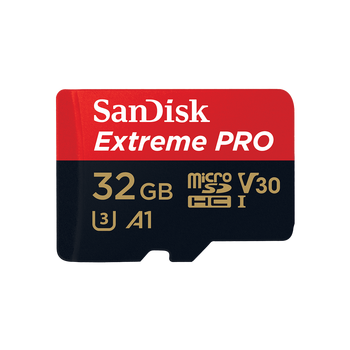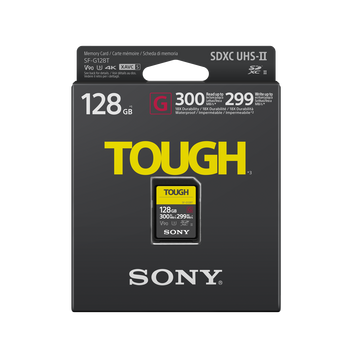When it comes to choosing the right sd memory cards for your camera or other devices, two popular options stand out from the rest: the SanDisk Extreme PRO SDXC UHS-I and the Sony SF-G Tough Series UHS-II. Both of these high-performance memory cards are designed to meet the demands of professional photographers and videographers, but they have some key differences that set them apart.
Speed and Performance
The SanDisk Extreme PRO SDXC UHS-I offers fast read and write speeds of up to 95MB/s and 90MB/s, respectively. While these speeds are impressive, they are still limited by the UHS-I interface, which has a maximum theoretical speed of 104MB/s.
On the other hand, the Sony SF-G Tough Series UHS-II boasts much faster read and write speeds of up to 300MB/s and 299MB/s, respectively. The UHS-II interface used in this card allows for much higher speeds, making it ideal for applications that require rapid data transfer, such as 4K video recording or high-speed burst mode photography.
Durability and Reliability
Both sd memory cards are built to withstand the rigors of professional use, but the Sony SF-G Tough Series UHS-II takes durability to a whole new level. This card is designed with a robust construction that can withstand extreme temperatures, shocks, and drops, making it perfect for use in harsh environments. It's also resistant to X-rays, magnets, and other forms of electromagnetic interference.
The SanDisk Extreme PRO SDXC UHS-I, while still a reliable choice, doesn't quite match the Sony card's level of ruggedness. However, it's still built with high-quality materials and is designed to withstand normal wear and tear.
Capacity and Compatibility
Both cards are available in a range of capacities, from 32GB to 128GB for the SanDisk Extreme PRO SDXC UHS-I, and from 32GB to 256GB for the Sony SF-G Tough Series UHS-II. In terms of compatibility, both cards work with a wide range of devices that support sd memory cards, including cameras, camcorders, and card readers.
Price and Value
The SanDisk Extreme PRO SDXC UHS-I is generally priced lower than the Sony SF-G Tough Series UHS-II, making it a more affordable option for those on a budget. However, when you consider the superior speed and durability of the Sony card, it may be worth the extra cost for professionals who require the best performance and reliability.
Conclusion
In conclusion, both the SanDisk Extreme PRO SDXC UHS-I and the Sony SF-G Tough Series UHS-II are high-quality sd memory cards that offer excellent performance and reliability. However, the Sony card's faster speeds, greater durability, and wider range of capacities make it the better choice for professionals who demand the best.
If you're looking for a more affordable option with still-fast speeds, the SanDisk Extreme PRO SDXC UHS-I may be the way to go. But if you need the absolute best performance and can afford the extra cost, the Sony SF-G Tough Series UHS-II is the clear winner in the world of sd memory cards.































